10 Best Traveller Tips in Berlin
Berlin is a city worth visiting once in a lifetime. Find out all the tips you need to make your experience in the German capital perfect.
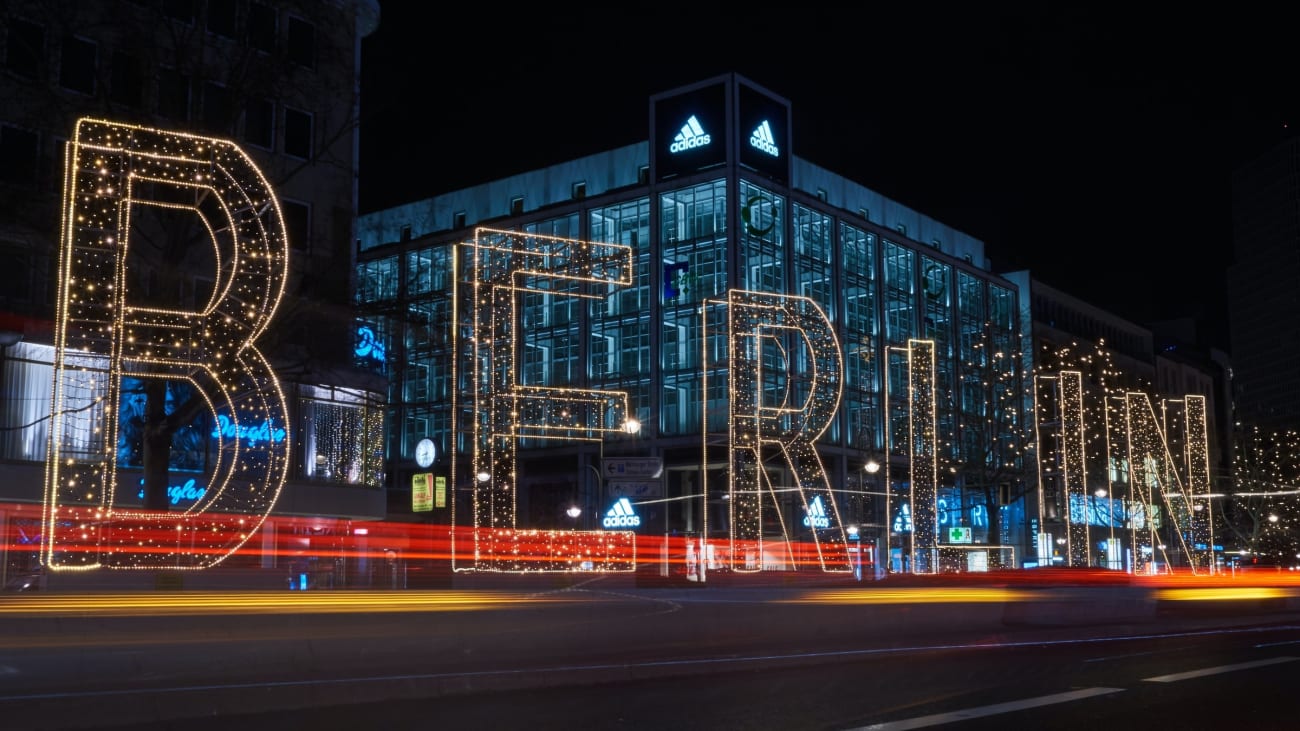
Berlin, Germany | ©Levin
Berlin is full of things to see and do. No matter what time of year you come and how much time you have available, this city never disappoints its tourists with its wide range of cultural, historical and leisure activities. As one of Europe's leading cities, Berlin is crowned as one of the most visited every year.
However, despite boasting of being a cosmopolitan capital and on the wave of the world economy, you should always take into account certain tips for travelling to Berlin that you may not have considered when planning your trip. The climate, how to get around, types of tours and payment methods are all factors that, if you've learnt them at home, will make things much easier. Want to know more? Well, read on and I'll tell you all about it!
1. Hop on a sightseeing bus to get around comfortably
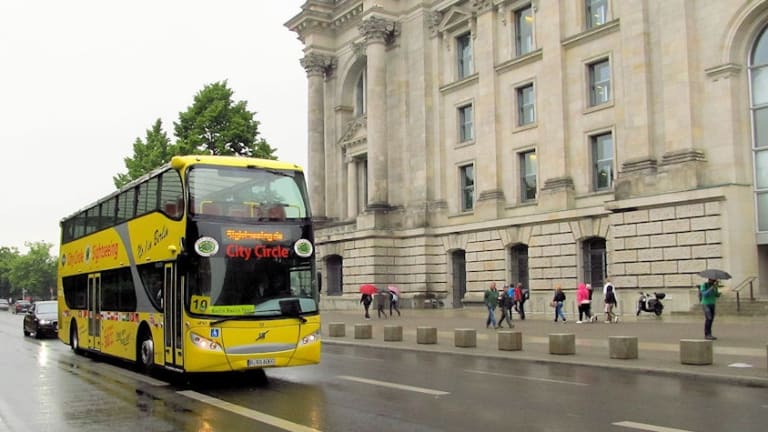
Surely more than one of us would like to have an endless holiday where we can spend all the time in the world travelling. However, the reality is that most European cities are usually visited in a 2 or 3-day getaway and this, sadly, limits the time to visit and get to know them in depth.
Fortunately, there is a very convenient and useful way to get to know all of Berlin's most important sights in just two hours. I recommend that, if you only have 2 days to get to know Berlin, you hop on a tourist bus that, for about €25, will give you a two-hour tour of the city. This way, you can get a rough idea of the city, see iconic landmarks such as the Brandenburg Gate, and it will also help you get your bearings for the rest of the trip.
This type of guided tour is also suitable for all weathers, so you can take it in summer, going upstairs to enjoy the good weather, or in winter, sheltering downstairs from the cold and rain.
2. Rent a bike to explore the city

Berlin, like other European cities, is completely bicycle-friendly. So much so that it has become just another means of transport. If you want to move around freely and get to know the city in a more leisurely and personal way, it is always a good option to rent a bicycle for a day and explore the city centre at your leisure.
This type of transport has become so popular that you can find different routes and tours by bike, adapted to the accessible lanes and areas, on which you can pass through the most important points of the city. Berlin is a fairly flat city in terms of terrain, so it won't be too much of an effort to cycle all day.
For less than €20 you can get a bike for the whole day, or even get a card when you take it with you and access the public bike system, where you can ride for the first hour for just €1. It's a fun and unique way to get to know the city and burn a few calories while you're at it.
3. Get to know the districts well to organise your visit

One of the best tips I can give you if you're only coming to Berlin for two or three days is to organise your visit by getting to know the different districts. The German capital is very large and can sometimes be overwhelming. One way to optimise your trip and your time is to organise the different activities by district and explore each area and everything it has to offer.
Here is a list of Berlin's main districts and their strong points so that you can choose the ones that most interest you during your visit:
- Mitte: this is the centre of the city, the area where almost all the tourist attractions are located and where the Jewish Quarter used to be located years ago.
- Charlottenburg: one of the most traditional and classic districts, it is a sample of the most bourgeois Berlin.
- Kreuzberg: it is the most artistic and urban district, where you will find the famous graffiti and the most youthful atmosphere.
- Prenzlauer Berg: this is a residential neighbourhood that preserves a very traditional architecture in its houses. You can find restaurants and places to go out at night.
- Neikölln: the most idle neighbourhood, ideal for having fun and hanging out.
4. Buy one of Berlin's sightseeing cards

When it comes to travelling to cities as big as Berlin, one of the most important things that can determine the success of your trip is the way you choose to get around. There are cities that you can easily walk around in a day, but the German capital needs a means of transport to make the most of your visit.
The entire city is served by a public transport network consisting of bus, metro and tram. These three means of transport connect all parts of the city. One of the most comfortable and recommendable is the tramway, which was installed in Soviet times, and passes through the most important points of the city. The average price of public transport in Berlin is €1.50 per single ticket.
Berlin Pass
Although there are passes to cut costs, I recommend that if you're coming to the city for more than two days and you're focused on sightseeing and getting to know the city in depth, you should get the Berlin Pass, a pass designed for visitors who come to see the most important sights. With this pass, you'll not only have access to most of the museums and activities, but you'll also be covered for all public transport. The price is usually around €50 all-inclusive.
Berlin Welcome Card
If you want to move freely around the city for as long as you stay and get discounts on attractions, another option is to get the Berlin Welcome Card, a pass that provides you with all the transport you need for a fixed price of around €25.
5. Travel to Berlin in spring or summer to make the most of the good weather

Berlin will surprise you at any time of the year, but when it comes to recommending the best time of year, it's definitely when temperatures are high and there's no risk of rain. During the autumn months, Berlin can get as low as -4 degrees Celsius and it can be a bit unpleasant to walk around the city.
However, from May onwards, temperatures start to rise and the streets and squares start to come alive with terraces and a youthful atmosphere. Berlin in summer may be more crowded with tourists, but I assure you that, if you organise yourself well, this won't be a problem and you'll be able to enjoy all the outdoor panoramas and get to know the German capital 100%.
6. Make the most of Berlin's free weekly plans

Just strolling through the centre of Berlin and having a drink on one of its terraces is worthwhile. However, if you know a little better how the city works throughout the week, you can get the most out of it and get to know the German capital in a much cheaper, closer and more popular way. Here are some of the weekly plans you can't miss.
Listen to the Philharmonic for free on Tuesdays
Listening live to the incredible Berlin Philharmonic Orchestra seems like a luxury only a few can afford. However, every Tuesday at one o'clock in the afternoon, the Philharmonic building, located at Herbert-von-Karajan-Str. 1, opens its doors free of charge to anyone who wants to listen.
There is no entrance fee and access is free. The only thing I recommend is that you go about 30 or 40 minutes before so you don't run out of seats.
Enjoy the best street food on Thursdays
German gastronomy is quite rich and comforting, but if you don't want to go to knife and fork restaurants and prefer to try more everyday food, you should know that every Thursday there is a Street Food Thursday, a weekly food fair that takes place in Eisebahnstraße 42/43 and offers a wide variety of dishes at a very cheap price and with free access in case you simply want to go for a walk and get to know this delicious cuisine a little better.
7. Make the most of a day trip to Berlin
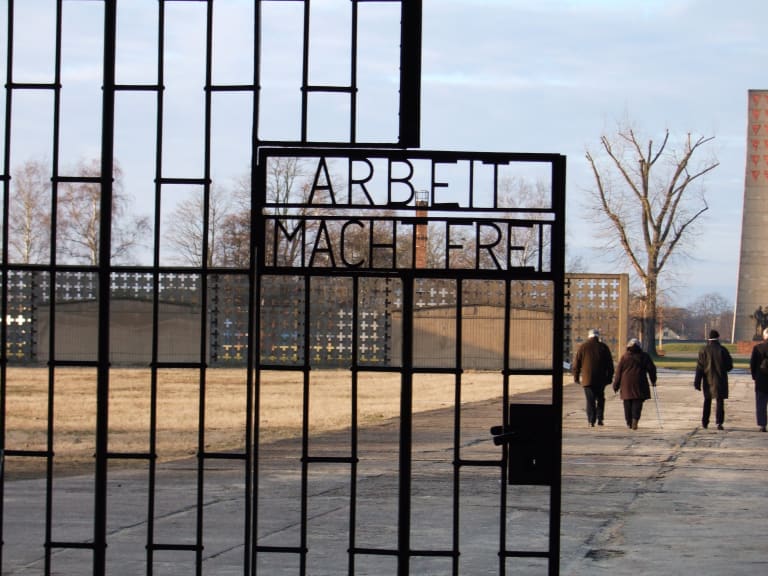
If you come to Berlin for more than three days, I strongly advise you to take advantage of the time to get to know the city's surroundings. Of course, the capital alone can offer you an unforgettable experience full of sights. But, since you have already made the whole trip to the German capital, it is interesting to get to know its surroundings.
The good thing about Berlin is that it is located in a part of the country from where you have several places of interest less than 1 hour away. As such, there are many excursions and tours from Berlin that show you an important part of Germany's history and are worth spending some time on.
Sachsenhausen concentration camp
I'm not going to deceive you, this tour can be quite tough and is not recommended for young children. But if you want to learn about the history of Germany, it is a must. It is a visit to the Sachsenhausen concentration camp, used during the Nazi era.
There, you can take a guided tour of all the sheds, crematoria and courtyards where such barbarities that conditioned world history were committed. The entrance fee for these tours is usually around €25, they usually last half a day and I can assure you that you won't be left indifferent.
Potsdam
If what you want is a short excursion to get to know the era of German splendour, I recommend you hire a tour of Potsdam, one of the most stately cities in Germany.
It was commissioned by Frederick II and boasts a multitude of castles and palaces just an hour from Berlin. These tours usually cost €20 and are ideal if you want to see a more bourgeois side of German culture.
8. Book tours and attractions in advance if you are travelling in high season
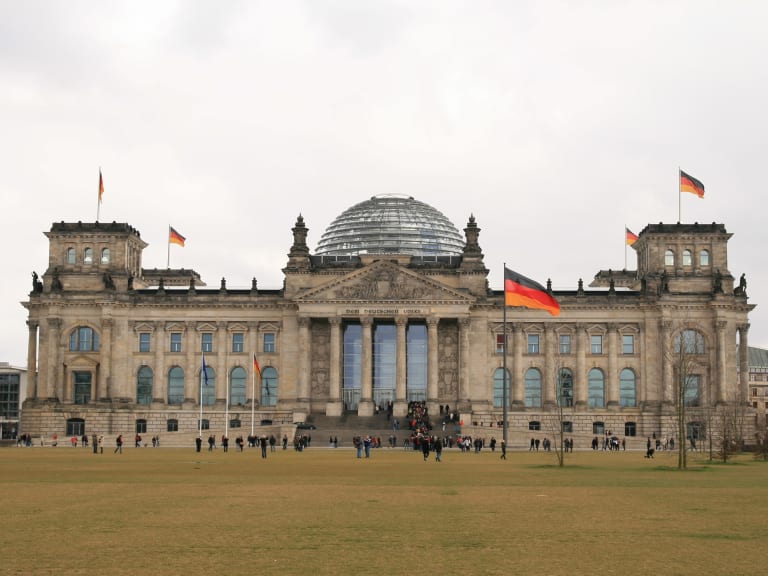
Berlin is a city that boasts visitors all year round. However, in high season, millions of people come to walk its streets, visit its museums and see the remains of the Berlin Wall first-hand. That's why one of the best recommendations, especially if you're travelling to Berlin with children, is to make sure you book in advance to avoid long queues.
This might be a pretty general recommendation, but believe me there are tourist attractions in Berlin that, if you don't secure your tickets before coming to the city two or three weeks in advance, it will be impossible for you to get in.
One of these places is the famous German Parliament. To enter, it is compulsory to come with your reserved ticket. No tickets are sold at the ticket office and, due to its great popularity, it is impossible to get tickets overnight. If you don't want to miss the spectacular views from the dome of the Bundestag, I recommend you to visit the official website and book in advance.
Last but not least, if you're travelling to Berlin in advance, it's best to book a parking space at the airport. This will save you a bit of money that you can use for activities during your trip.
9. Get a taste of Berlin's night life

Berlin is known as one of the techno capitals of Europe and that's why one of the best tips I can give you is to take advantage of a night out to get to know the atmosphere in Berlin.
Although, like most European cities, Berlin closes its shops and attractions early, the nightlife is very extensive and you can find nightclubs that are open all night, such as Berghain.
If you decide to go out at night in Berlin, I have two recommendations for you. The first is that, despite its reputation for partying, Berlin does not usually have areas or neighbourhoods dedicated exclusively to entertainment, so the clubs are scattered throughout the city and it is difficult to move from one to another; it is best to be clear beforehand about where you want to spend the night.
Secondly, before you go, make sure you know what kind of party you're going to. Although Berlin is quite flexible with fashion stereotypes, there are some parties or events that require a certain type of outfit and they may even ban you if you don't wear what the invitation says.
10. Carry cash - not all establishments accept credit cards
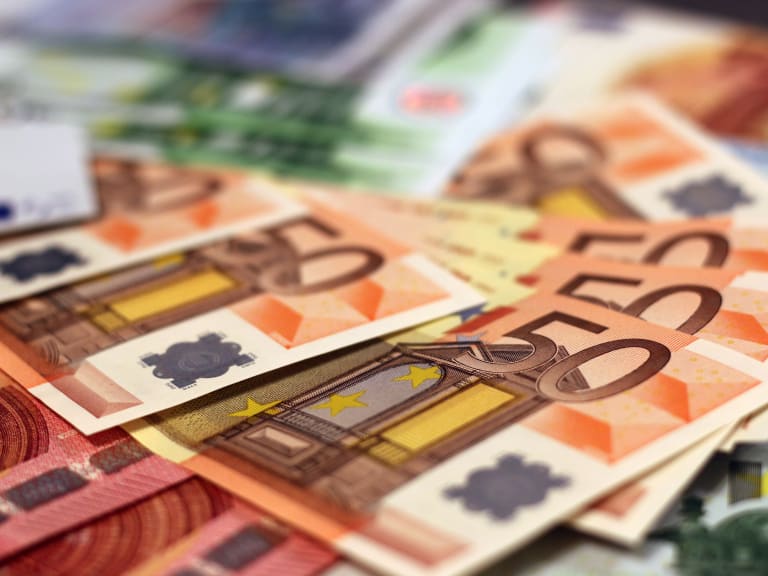
It may seem a little strange in this day and age, but Berlin is a city where carrying cash can always get you out of a tight spot.
It's true that in the city centre and around the tourist attractions, most shops, souvenir shops and restaurants will accept cards for payment with no minimum amount. However, if you go a little off the beaten track, shops are likely to be cash-only.
If you're walking around the city in the middle of summer and want to buy a bottle of water at a kiosk, you may not be allowed to pay with a card and will have to resort to some cash. Keep this in mind when travelling and always carry something loose in your wallet to avoid incidents.
With all these tips, your visit to Berlin is sure to be perfect and unforgettable. Now all you have to do is pack your bags and hop on a plane to get to know the fascinating German capital.
